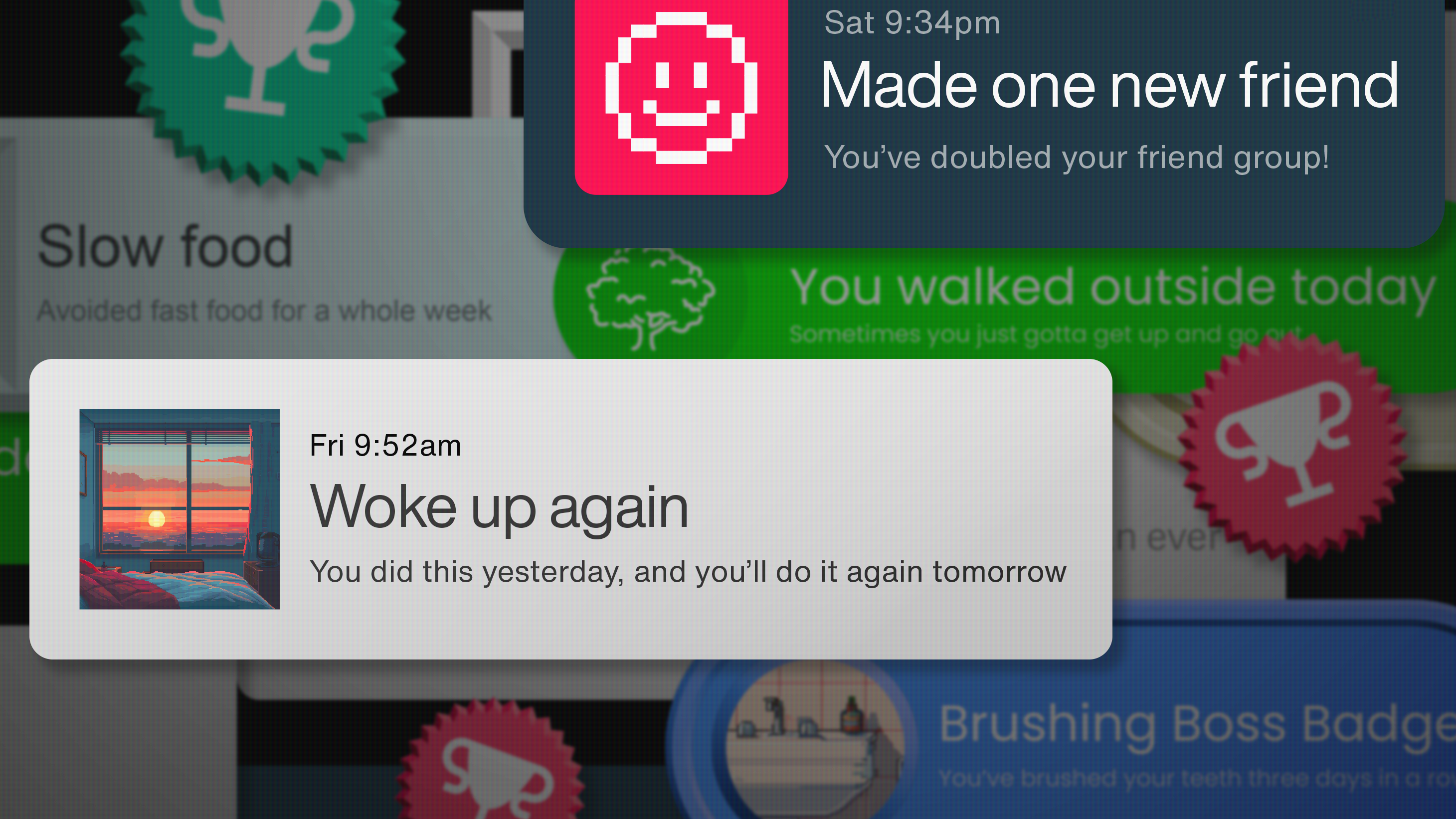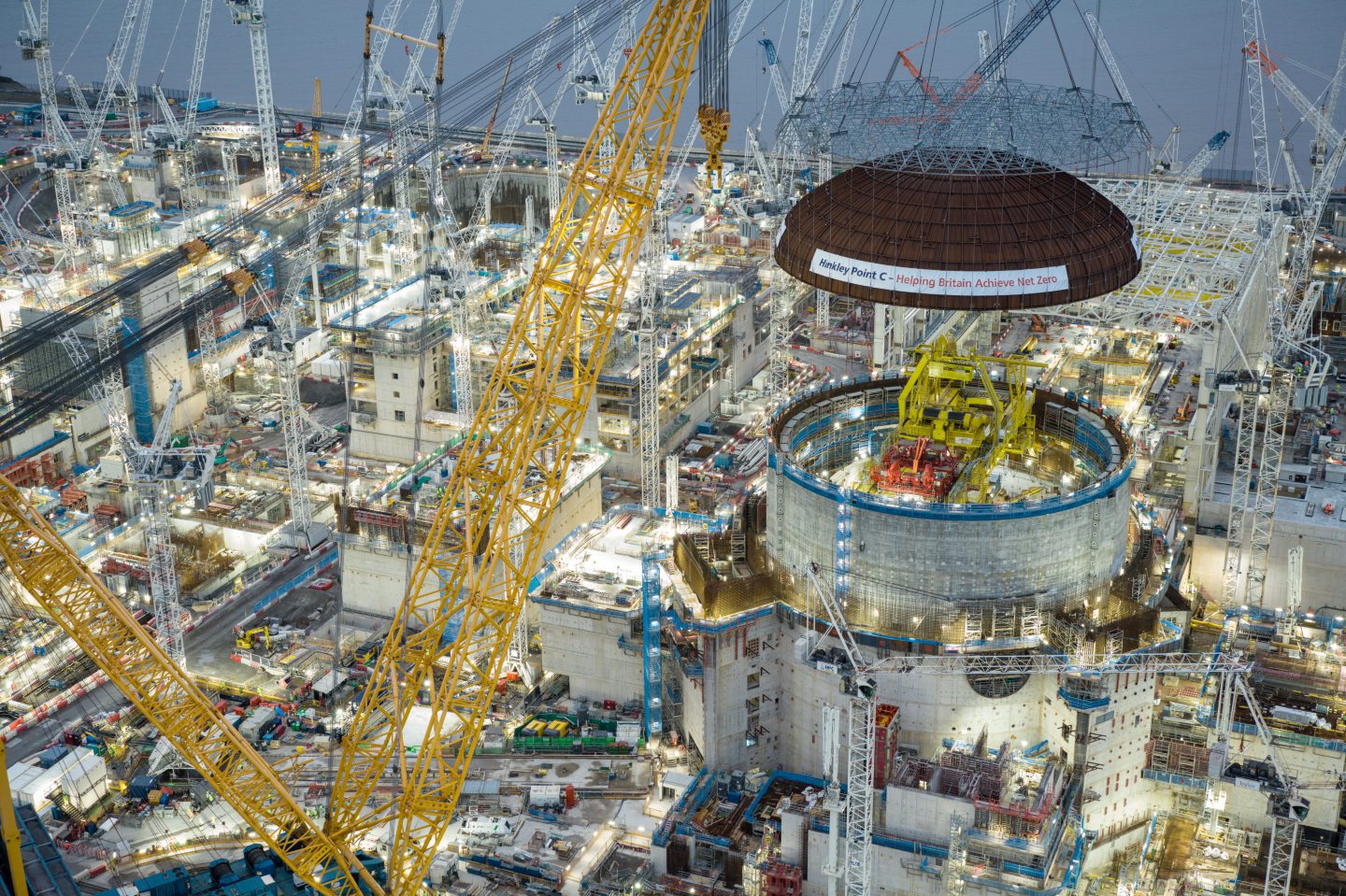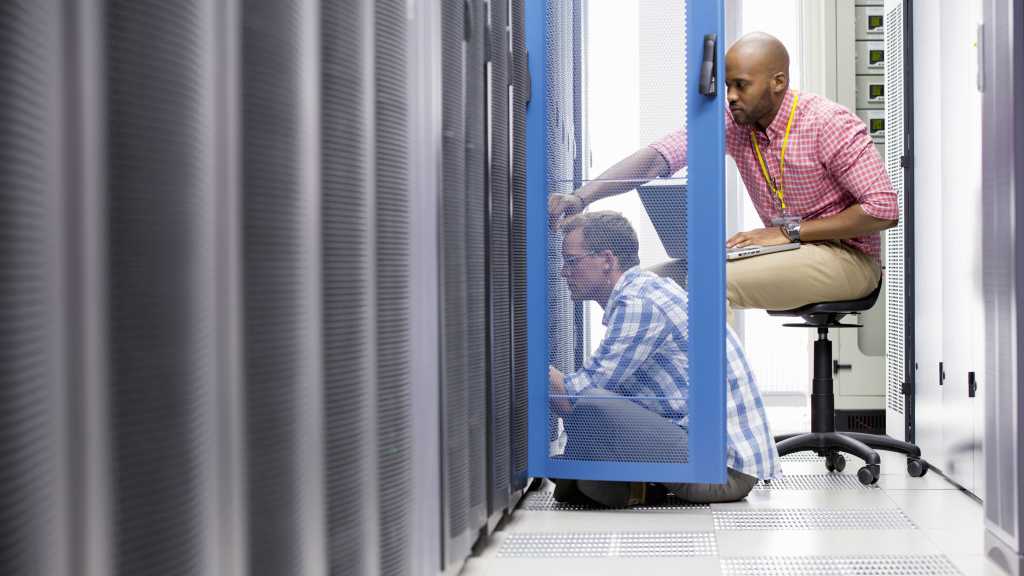This is today’s edition of The Download, our weekday newsletter that provides a daily dose of what’s going on in the world of technology.
Introducing: the Creativity issue
The university computer lab may seem like an unlikely center for creativity. We tend to think of creativity as happening more in the artist’s studio or writers’ workshop. But throughout history, very often our greatest creative leaps—and I would argue that the web and its descendants represent one such leap—have been due to advances in technology.
But the key to artistic achievement has never been the technology itself. It has been the way artists have applied it to express our humanity.
This latest issue of our magazine, which was entirely produced by human beings using computers, explores creativity and the tension between the artist and technology. We hope you enjoy reading it as much as we enjoyed putting it together.
—Mat Honan, editor in chief
Here’s just a taste of what you can expect:
+ AI is warping our expectations of music. New diffusion AI models that make songs from scratch are complicating our definitions of authorship and human creativity. Read the full story.
+ Meet the researchers testing the “Armageddon” approach to asteroid defense. Read the full story.
+ How the federal government is tracking changes in the supply of street drugs. A new harm reduction initiative is helping prevent needless deaths. Read the full story.
+ How AI is ushering in a new era of co-creativity, laying the groundwork for a future in which humans and machines create things together. Read the full story.
+ South Korea’s graphic artists are divided over whether AI will immortalize their work or threaten their creativity.
+ A new biosensor can detect bird flu in just five minutes. Read the full story.
MIT Technology Review Narrated: Quantum computing is taking on its biggest challenge—noise
For a while researchers thought they’d have to make do with noisy, error-prone systems, at least in the near term. That’s starting to change.
This is our latest story to be turned into a MIT Technology Review Narrated podcast, which we’re publishing each week on Spotify and Apple Podcasts. Just navigate to MIT Technology Review Narrated on either platform, and follow us to get all our new content as it’s released.
Join us today to chat about brain-computer interfaces
Brain-computer interfaces are electrodes implanted into the brain to send neural commands to computers, primarily to assist paralyzed people, and our readers recently named them as the 11th Breakthrough Technology of 2025 in our annual list. So what are the next steps for companies like Neuralink, Synchron, and Neuracle? And will they be able to help paralyzed people at scale?
Join our editor at large David Rotman and senior editor for biomedicine Antonio Regalado today for an exclusive subscriber-only Roundtable discussion exploring the past, present, and future of brain-computer interfaces. Register here to tune in at 1pm ET this afternoon!
The must-reads
I’ve combed the internet to find you today’s most fun/important/scary/fascinating stories about technology.
1 OpenAI is interested in buying Chrome from Google
ChatGPT’s head of product Nick Turley said folding its tech into Chrome would improve it greatly. (Bloomberg $)
+ It would be just one of many prospective buyers. (Insider $)
+ Turley would also be happy with a distribution deal with Google. (The Information $)
2 Instagram’s founder says Meta starved it of resources
Kevin Systrom believes Mark Zuckerberg saw the app as a threat to Facebook. (NYT $)
+ It sounds as if the pair had a strained relationship. (The Verge)
3 Elon Musk will step back from DOGE next month
In his absence, Tesla’s profits have plummeted. (WP $)
+ But he’ll still spend a day or so a week working on US government matters. (CNBC)
+ There’s no denying that his political activities have damaged Tesla’s brand. (WSJ $)
+ DOGE’s tech takeover threatens the safety and stability of our critical data. (MIT Technology Review)
4 Chinese scientists and students are under scrutiny in the US
It’s a repeat of the China Initiative program launched under Trump’s first Presidency. (WSJ $)
+ US universities are starting to push back against government overreach. (Ars Technica)
+ The FBI accused him of spying for China. It ruined his life. (MIT Technology Review)
5 Rare earth elements aren’t so rare after all
Which is bad news for China. (Wired $)
+ But China’s export curbs are harming Tesla’s Optimus robot production. (Reuters)
+ This rare earth metal shows us the future of our planet’s resources. (MIT Technology Review)
6 How to wean yourself off fossil fuels
Massive home batteries are an intriguing energy alternative. (Vox)
7 A new mission to grow food in space has blasted off
Scientists are investigating creating food from single cells in orbit. (BBC)
+ Future space food could be made from astronaut breath. (MIT Technology Review)
8 It’s time to bid farewell to Skype
RIP to the OG video calling platform. (Rest of World)
9 Analysts are using AI to psychologically profile top soccer players ⚽
And also to spot bright young talent. (The Guardian)
10 Saving the world’s seeds is a tricky business 🌱
They’re the first line of defense against extinction. (Knowable Magazine)
+ The weeds are winning. (MIT Technology Review)
Quote of the day
“Stuffing Chrome with even more AI crap is one way to spur browser innovation, I guess.”
—Tech critic Paris Marx isn’t convinced that OpenAI buying Chrome would improve it, in a post on Bluesky.
The big story

How gamification took over the world
It’s a thought that occurs to every video-game player at some point: What if the weird, hyper-focused state I enter when playing in virtual worlds could somehow be applied to the real one?
Often pondered during especially challenging or tedious tasks in meatspace (writing essays, say, or doing your taxes), it’s an eminently reasonable question to ask. Life, after all, is hard. And while video games are too, there’s something almost magical about the way they can promote sustained bouts of superhuman concentration and resolve.
For some, this phenomenon leads to an interest in flow states and immersion. For others, it’s simply a reason to play more games. For a handful of consultants, startup gurus, and game designers in the late 2000s, it became the key to unlocking our true human potential. But instead of liberating us, gamification turned out to be just another tool for coercion, distraction, and control. Read the full story.
—Bryan Gardiner
We can still have nice things
A place for comfort, fun and distraction to brighten up your day. (Got any ideas? Drop me a line or skeet ’em at me.)
+ Succession creator Jesse Armstrong’s new film Mountainhead looks intriguing.
+ Domestic cats have a much more complicated history than we previously realized.
+ If you enjoyed the new vampire flick Sinners, you’ll love these Indian folk horrors.
+ This hispi cabbage side dish looks incredible.



















